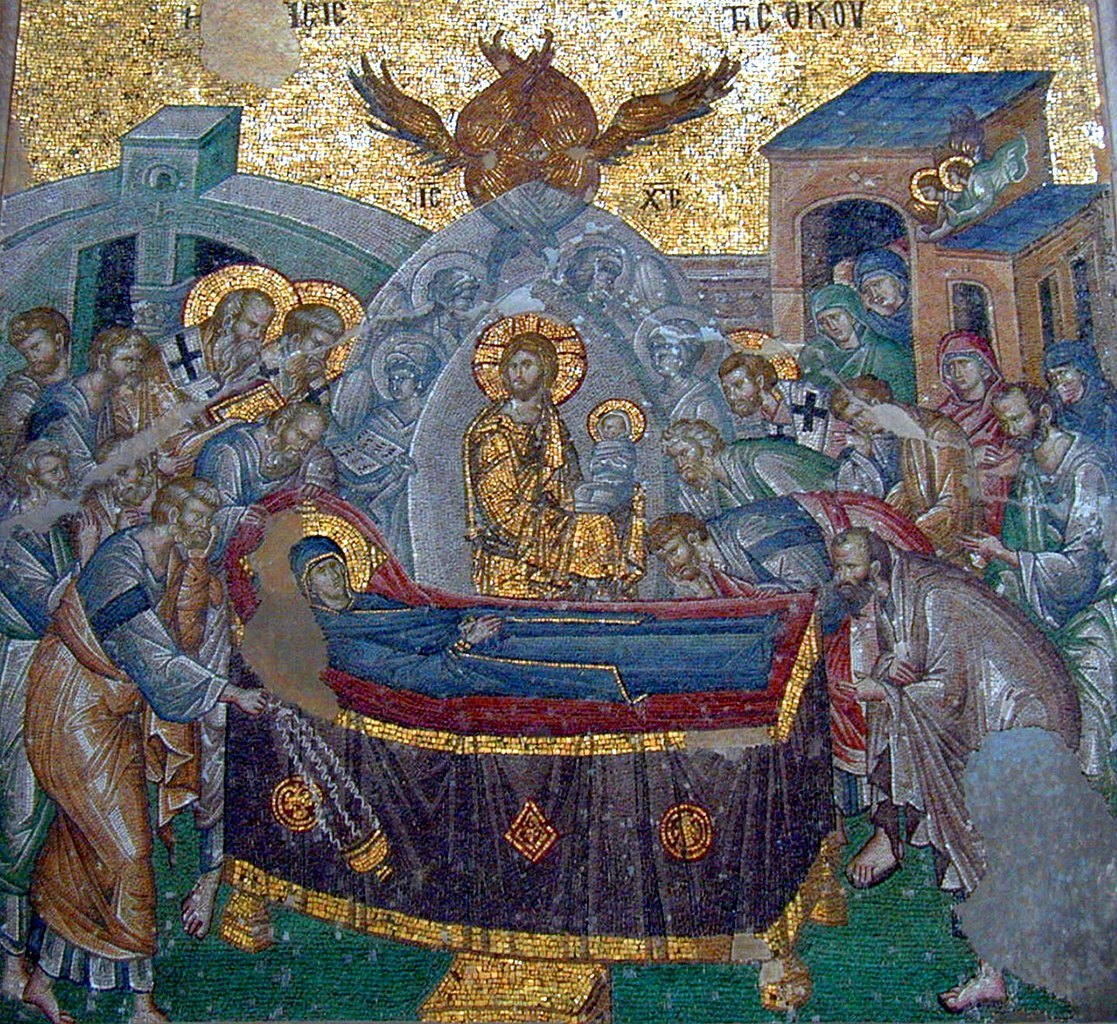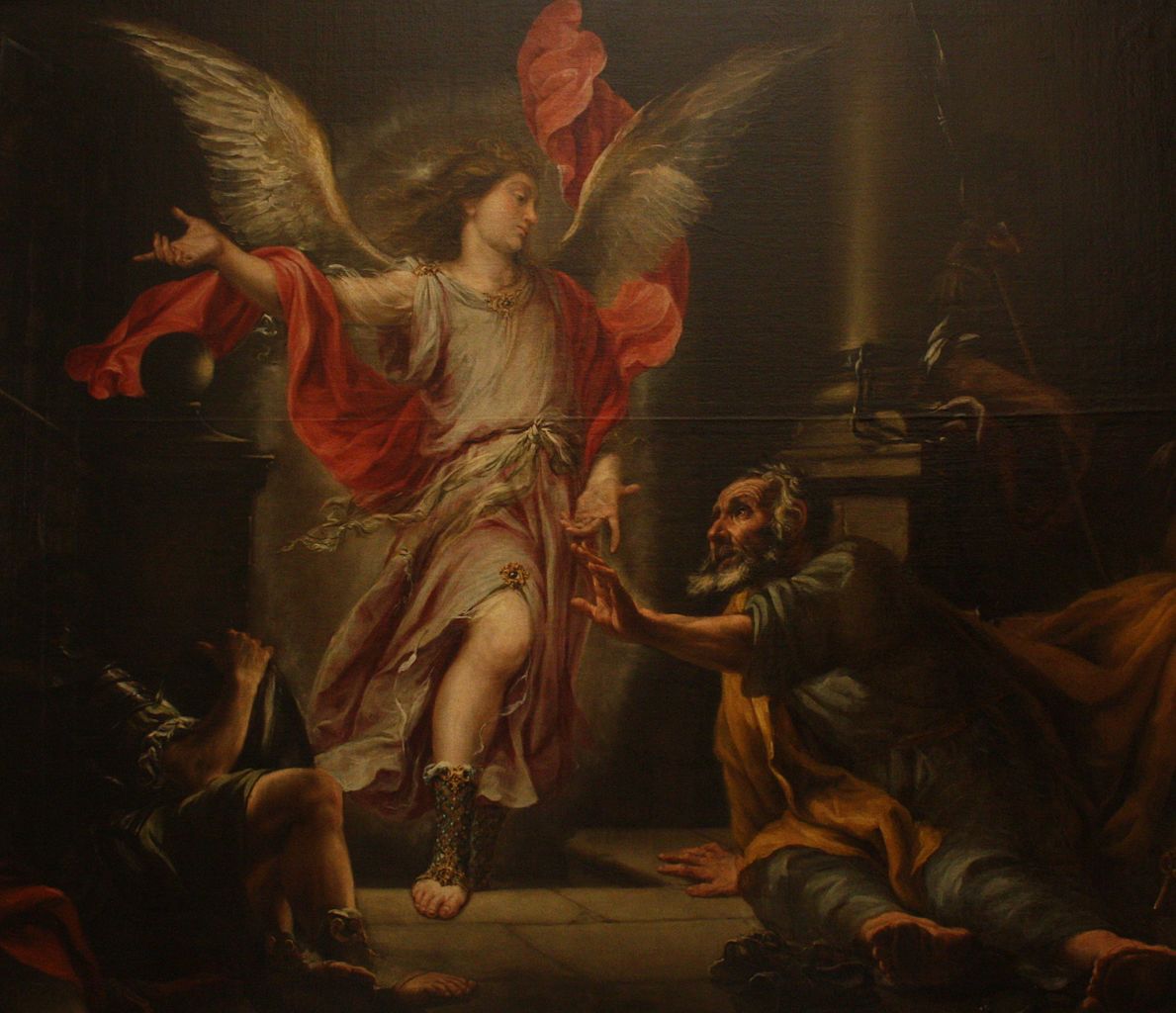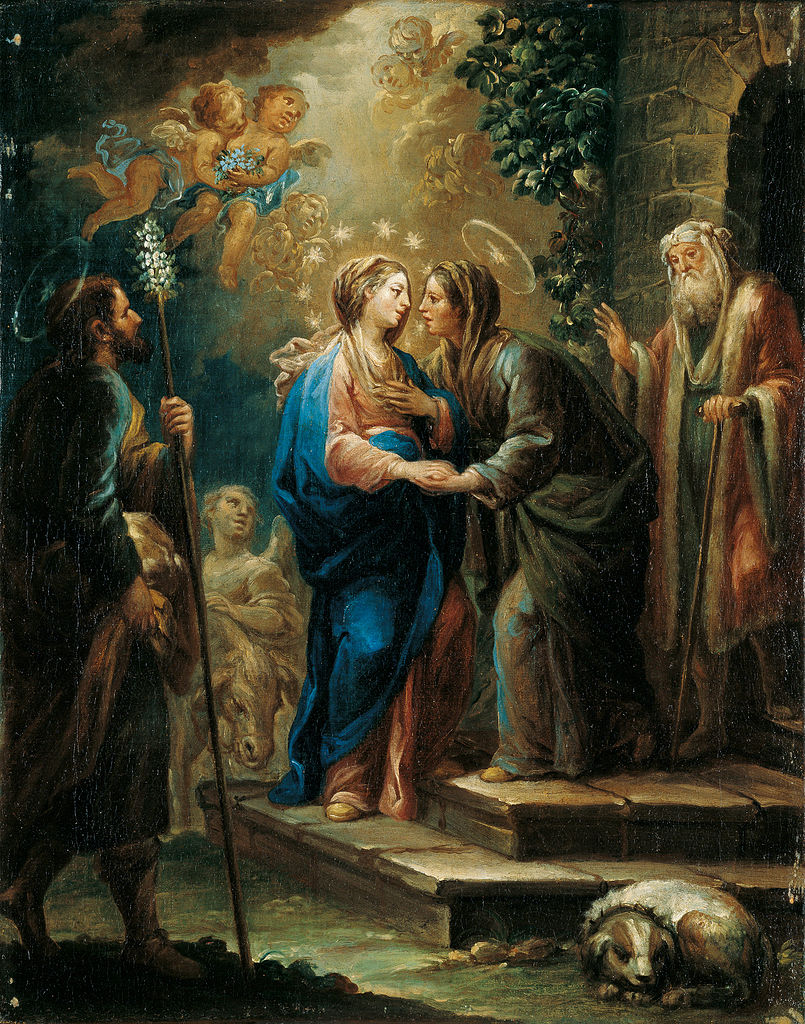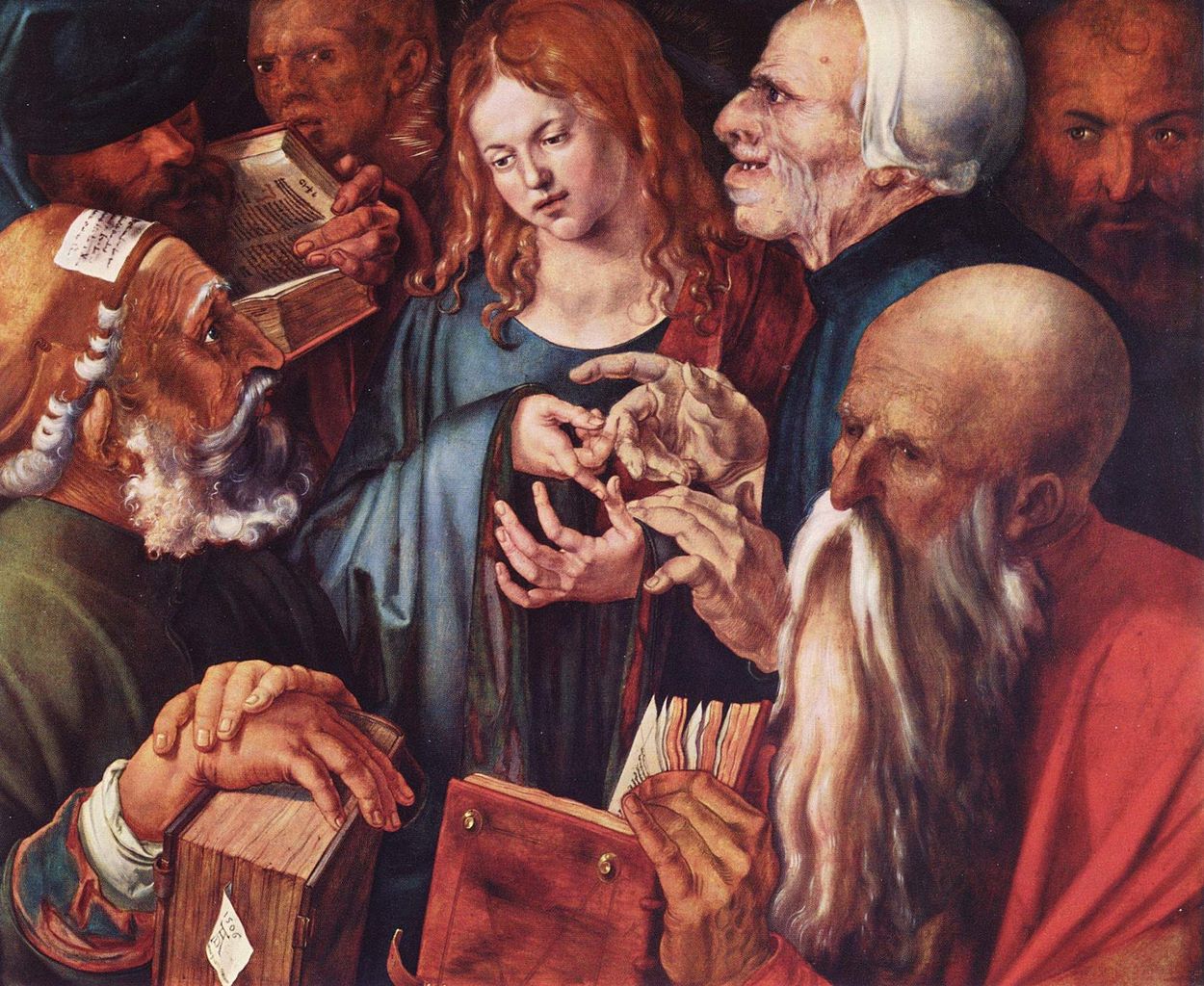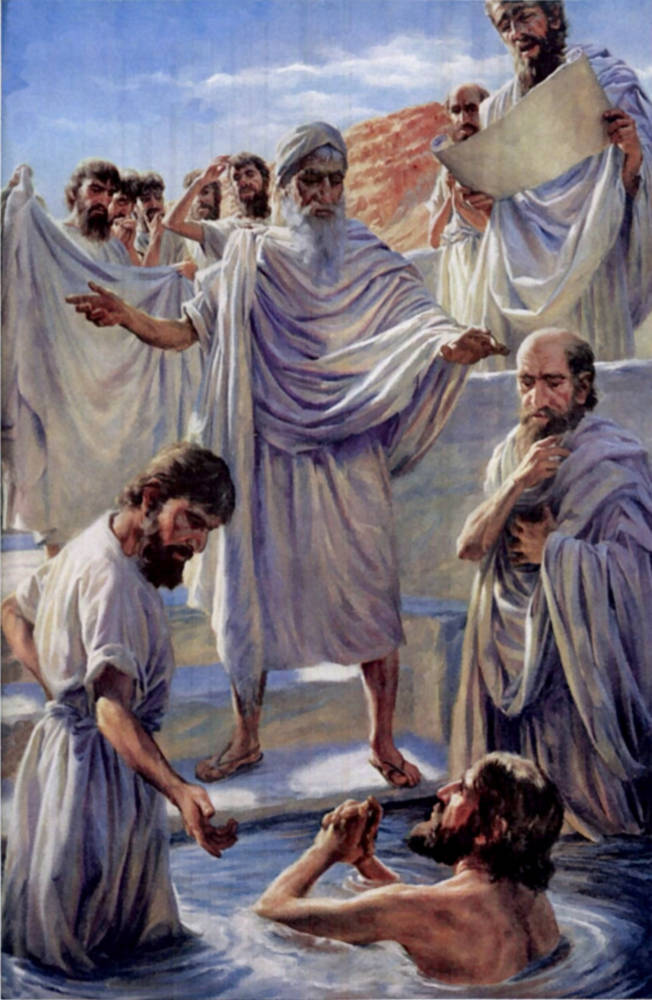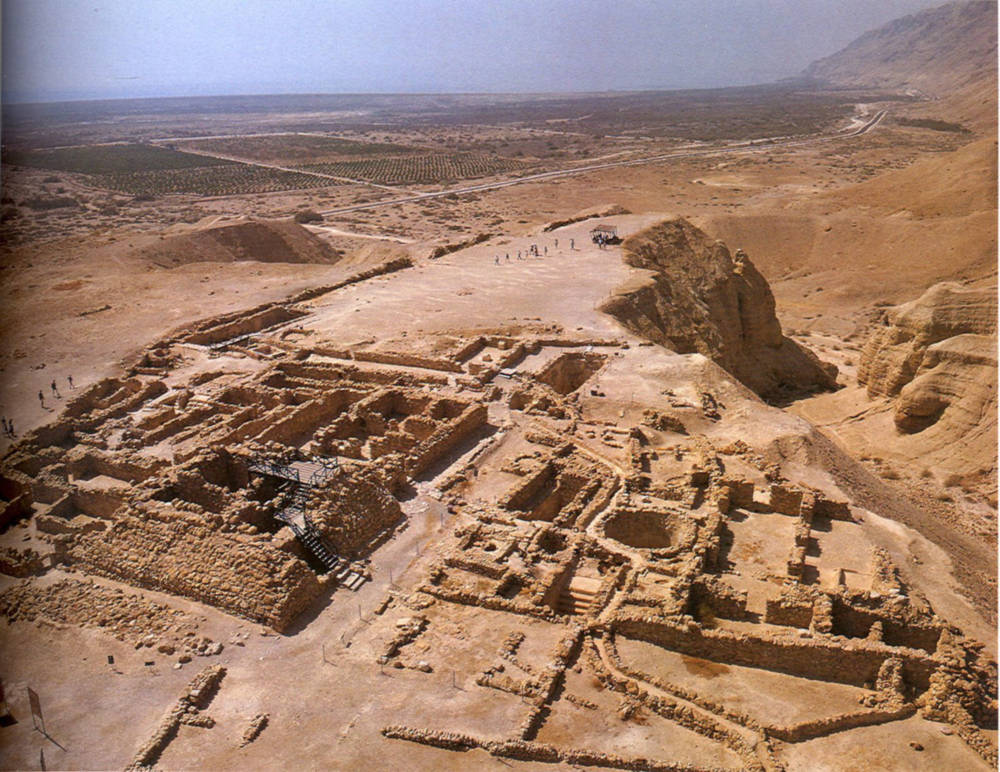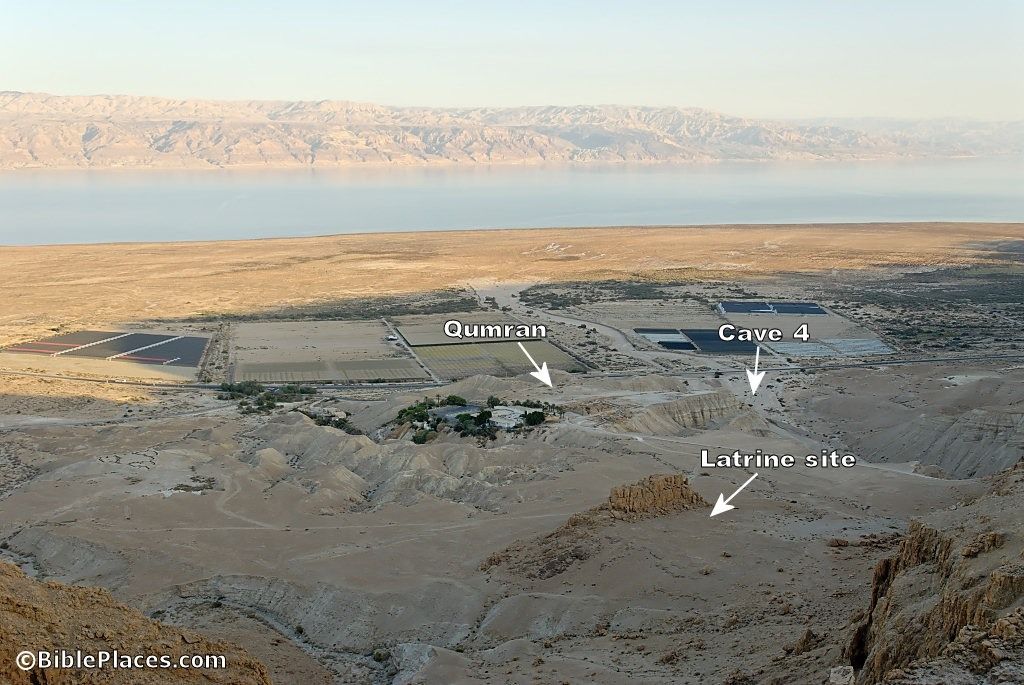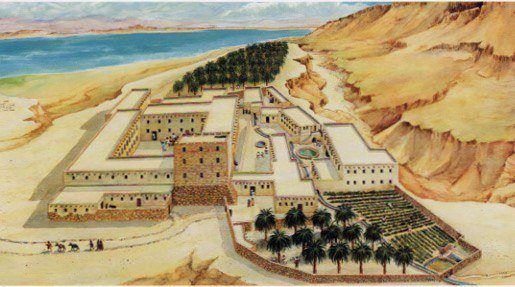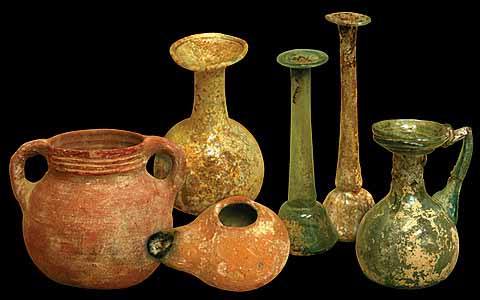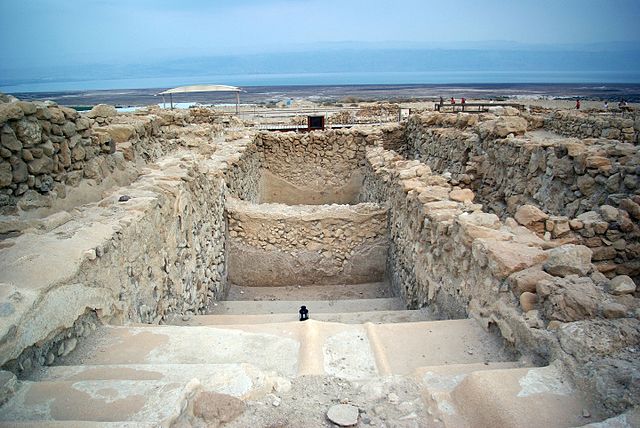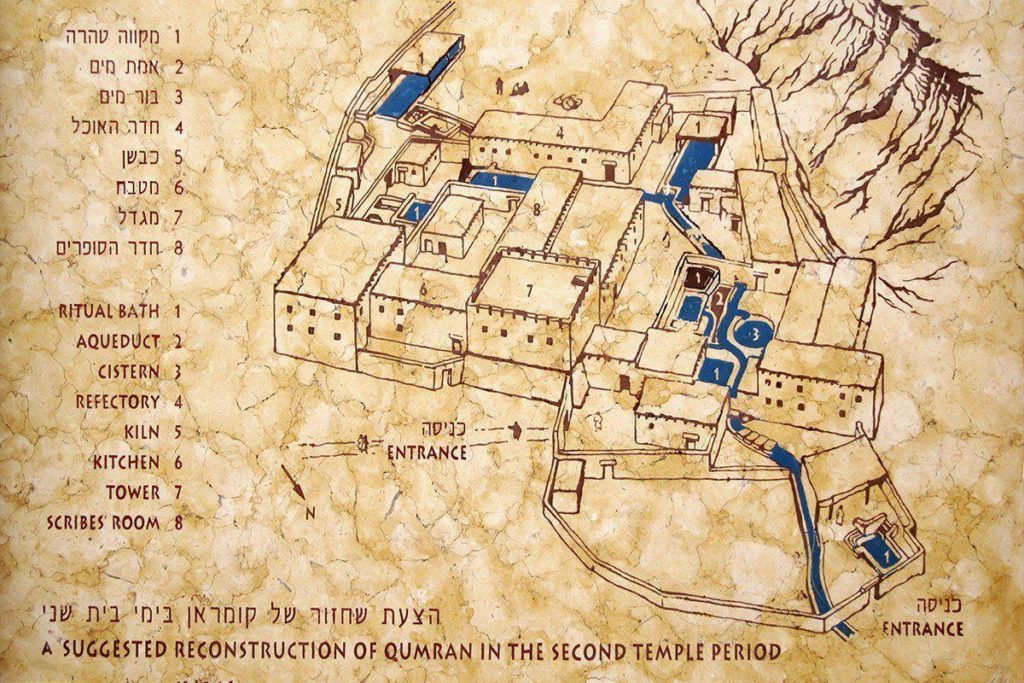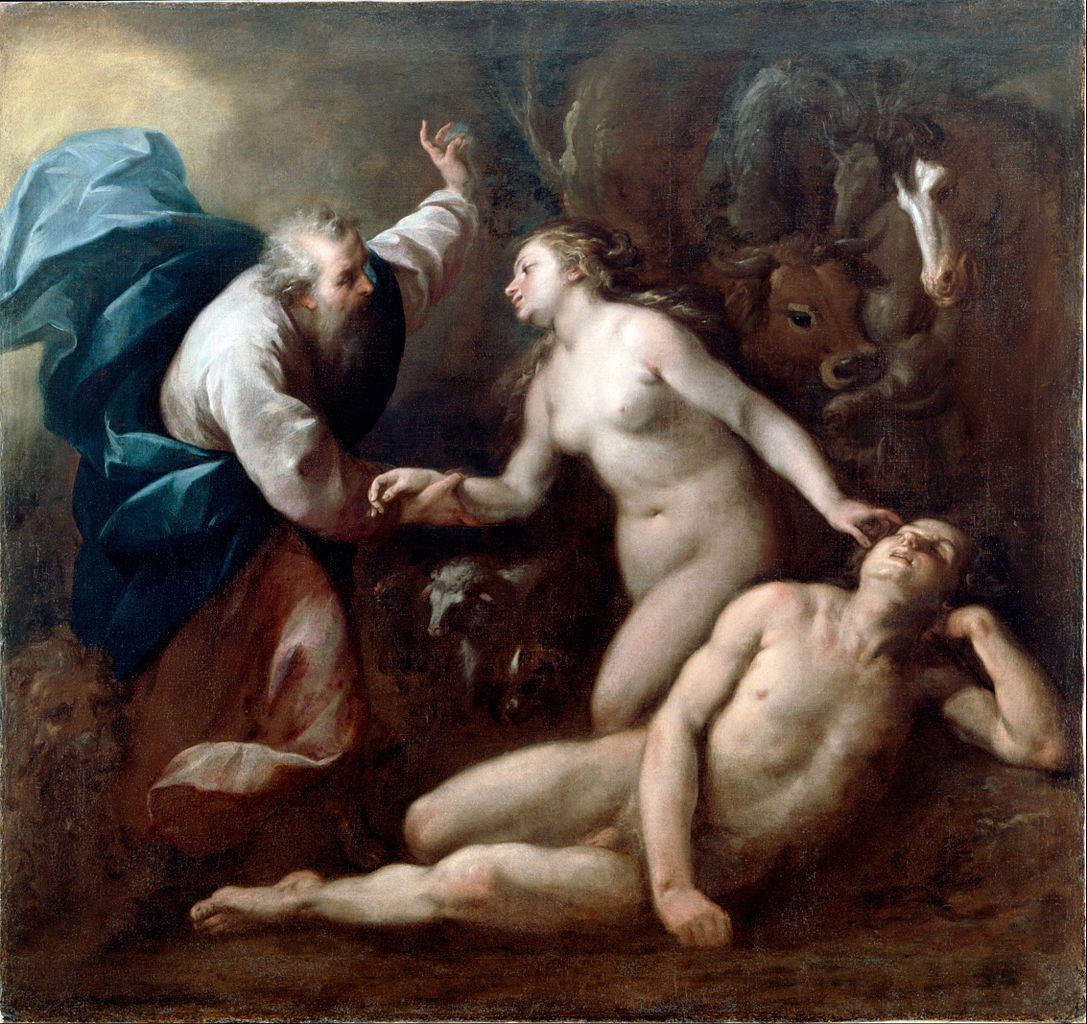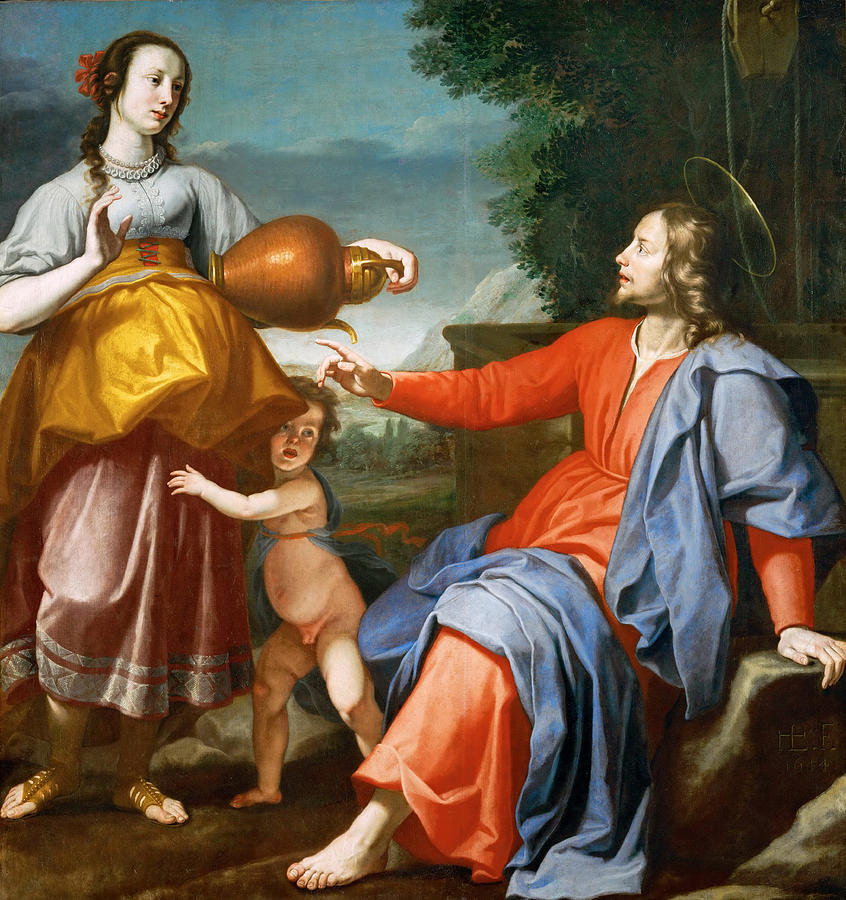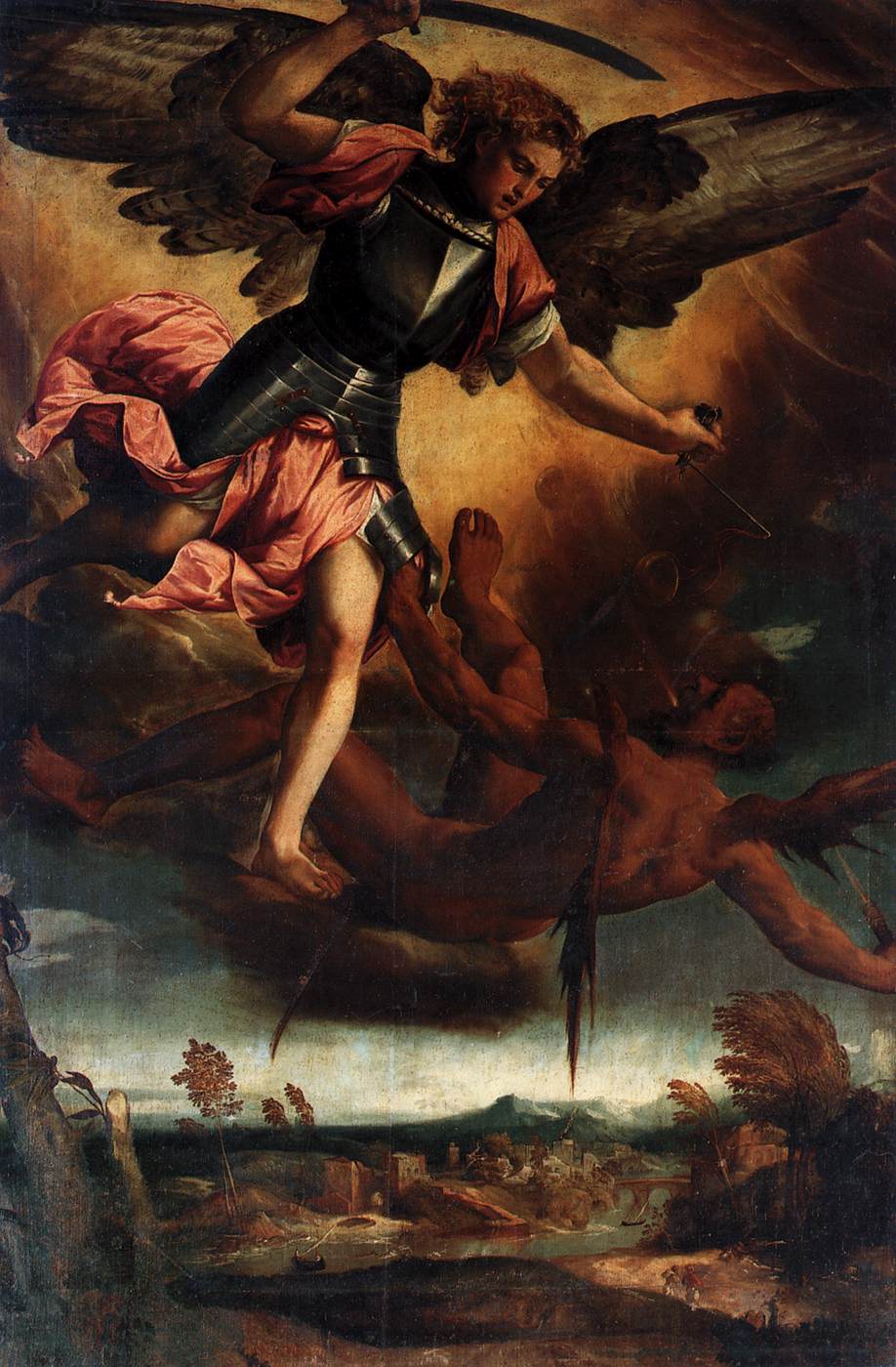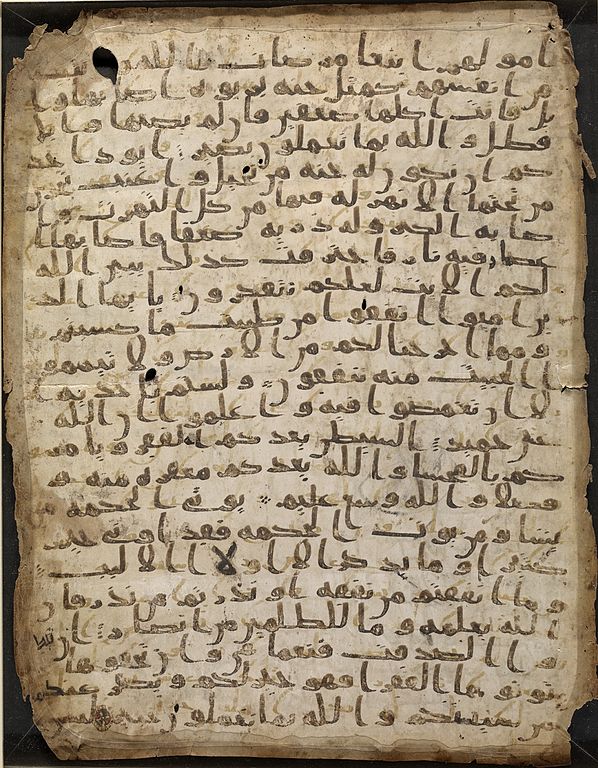1. Love Of Wisdom
“All men naturally desire to know” (Aristotle). With this striking statement, the great Greek philosopher Aristotle begins his famous work entitled, Metaphysics. Without a doubt, these few words, in all fairness, may be perfectly applied to Mariano Artigas—because his deep intellectual concerns led him to get a doctorate in philosophy, theology and physics.
This natural appetite for a thorough understanding of the whole of reality made Artigas plunge into a deep and careful investigation of a whole series of questions relating to a plurality of disciplines so varied, but intrinsically connected, as they can be—namely, cosmology, anthropology, philosophy of nature, metaphysics, theology (both natural and revealed), philosophy of science in general and epistemology in particular, as well as certain crucial points of the history of science (such as, for example, the detailed study of the Galileo case). All this plurality of theoretical knowledge converged in the spirit of Artigas into a focal point: truly knowing the ultimate foundation of reality, in such a way that our minds may be able to elaborate a thorough and comprehensive account of the totality of being, including the apprehension of the true human essence.
In this article, we will deal with one of the central themes of this ambitious and complex intellectual project of Artigas: the knowledge of man, both with regard to his biological origin and evolution, as well as relative to his authentic ontological dimension. On the spiritual level for Artigas, clarifying these questions was present in his mind from very young. Getting to know the true place that man occupies in Nature was a restlessness that very soon awoke in his soul. The German philosopher Martin Heidegger said that:
No other epoch has accumulated so great and so varied a store of knowledge concerning man as the present one. No other epoch has succeeded in presenting its knowledge of man so forcibly and so captivatingly as ours, and no other has succeeded in making this knowledge so quickly and so easily accessible. But also, no epoch is less sure of its knowledge of what man is than the present one. In no other epoch has man appeared so mysterious as in ours.
Heidegger points out with his usual acuity that never has so much been known about man as now. Indeed, multiple disciplines, such as, psychology, anthropology, sociology, history, archeology, paleontology or biology, provide us with a kaleidoscope of information and knowledge about ourselves that would cause enormous astonishment and perplexity to any sage of even a century or two ago.
But, at the same time, that halo of mystery that has enveloped man, not only remains standing, but grows larger as we delve into our own knowledge. Another German philosopher, Friedrich Wilhelm Nietzsche, noted the same when stating that: “We who know are strangers to ourselves” (Nietzsche). A few words that invite a suggestive reflection, and that in the case of Heidegger brought him to see humanity as “stateless in their own homeland” (Heidegger). Explaining what that homeland is and what the authentic ontological status of man in that homeland consists of is what Artigas devoted all his intellectual effort in the field of anthropology, both in its philosophical-theological, as well as its scientific, aspects.
2. What Is Man?
Towards the end of the Critique of Pure Reason Kant argues that the three most important questions humans can ask are: What can I know? What should I do? And what can I expect? The first question refers to the nature of human knowledge, to the understanding of its origin, its limits, its reliability and scope. The second refers to moral conduct consubstantial to the fact of being human; and the third to the immortality of the soul and the existence of God. The surprising thing is that the Prussian philosopher reduces these three questions to a more basic one: What is man? Making it the most important of all. It is not that Kant reduces epistemology (or gnoseology, in general), ethics and natural theology to anthropology, but he considers that by knowing well what is man we will be able to adequately approach all the other questions.
Perhaps the question, what is man? is not the most important of all (some will say that it is relative to whether God truly exists in an objective way or not). What is indisputable is that it is one of the most fundamental questions. It is also beyond doubt that the question of man is linked to that of God, since our identity (who are we?), as well as our origin (where did we come from?), and our destination (where are we going? which is the popular equivalent of Kantian, what can I expect?)—are fully engaged in the question of the existence or not of God. Artigas raises this issue explicitly when wondering if we are purely material beings who exist thanks to chance, in such a way that everything ends for us with death; or if, on the contrary, we have a spiritual dimension created by God that opens the doors to immortality and that confers a transcendent meaning to our existence (Artigas and Turbón 2008, 19).
3. Emergentism: More From Less
In the first case, the materialists have to explain what is the origin of the so-called spiritual faculties that man has: intelligence and the will (with its unique ability to love freely). According to them these would have arisen gradually throughout the evolutionary process, a position that Artigas describes as “emergentism.” For him, the spiritual elements that characterize humans (“more”) cannot come from the potentiality that matter contains (“less”), but rather represent an ontological leap; so that the difference between man and the rest of the living things is qualitative and not merely of degree, as emergentist materialism would maintain.
It is true that man is a being that has a biological basis of the same nature as that of other living beings, and that this biological dimension seems to be dynamic (evolutionism), but Artigas insists that this does not cancel out the fact that man encloses an essential novelty with respect to all other living natural entities. As for what is the same: man is an animal, but he is not just an animal.
For the emergentists, human qualities gradually emerged in prehuman hominids (perhaps some species of australopithecine such as A. africanus, A. garhi or some other still undiscovered, even some other genus of hominids not yet found). For those who maintain that God has a direct relationship with that ontological leap that gives rise to man, the question is when and in whom did it occur. For Artigas it is not possible to scientifically answer these questions. According to him the “spiritual dimensions began to exist in the human being at some point, when the necessary biological basis existed. We do not know when it was and likely we will never know” (Artigas and Turbón 2008).
The answer to the question of when is related to who. In other words, what species of hominid did Adam and Eve belong to? Were the first parents of mankind the first couple of Homo sapiens? Or maybe the first pair of Homo habilis, or Homo rudolfensis?
In the first case, humanity would be around 200,000 years ago. In the second, we would be talking about two and a half million years. Fiorenzo Facchini maintains that this issue has to be elucidated by scientists and not by philosophers or theologians (Artigas and Turbón 2008).
4. Monogenism And Polygenism
A much more problematic question from the doctrinal point of view is whether the biblical Adam and Eve represent a pair of real individuals from which all humanity would come; or if it is a symbol that refers to a first population formed by several protohumans that would have appeared simultaneously from a prehuman hominid species. That is to say: is the origin of humanity monogenic or polygenic?
It does not escape anyone that this question is not at all trivial, since it has to do with the Judeo-Christian doctrine of original sin. Artigas, in his aforementioned book on the origin of man published together with biology professor Daniel Turbón, after exposing the biological advantages offered by monogenism (facilitating the restructuring of the genotype to present decisive novelties in the emergence of a new species) calls attention to a fact of great interest, and that is that “the current edition of the Catechism of the Catholic Church does not mention the term monogenism” (Artigas and Turbón 2008).
Elsewhere, after noting that: “No matter how great the scientific progress, it seems very difficult to reach clear conclusions about monogenism or polygenism relying only on science… On the other hand, although monogenism poses some difficulties to our desire to represent the origin of the human species, polygenism also poses difficulties that are hardly trivial.” (Artigas 2007), Artigas warns that, although “there are scientifically respectable possibilities to explain the monogenistic origin of modern man… polygenism has not been excluded in an absolute way” (Artigas 2007).
In fact, in such a way that some end up observing that certain “theologians have tried to show that this conciliation could exist, although it is an issue that presents difficulties” (Artigas 2007). The truth is that there are many difficulties to which Artigas alludes. Then, as Pius XII points out: “It is not seen how such an opinion [referring to the polygenist] can be reconciled with what the sources of revealed truth and the teachings of the Magisterium of the Church propose about original sin” (Pius XII 1950).
5. The Vatican And The Reception Of Darwinism
The very delicate and complex question of monogenism and polygenism leads us to deal with another of the issues to which Artigas devoted great attention in his latter years: the attitude of the Congregation of the Index towards Catholic authors who defended the compatibility between the scientific theory of biological evolution and Christian doctrine. In other words, it was about analyzing what the official position of the Vatican had been regarding this theory, since it became known in the second half of the 19th century (and, incidentally, see the position of the popes in relation to the evolution of man). This was possible after the opening of the Archive of the Congregation for the Doctrine of the Faith in 1998. Investigating this matter took Artigas to Rome the following year, in order to study the Vatican archives (for a detailed analysis of this question, see Martínez 2007).
Reviewing documents for the reception of Darwinism by part of the Holy See, Artigas had the unexpected and fascinating surprise of stumbling upon the discovery of an unpublished manuscript in which Galileo’s atomistic doctrine, in his popular work Il Saggiatore, was judged. It is not necessary to emphasize the enormous historical value of material of this caliber. The translation and the study in question took a couple of years. Once this task was completed, which was finalized with the publication of the manuscript (Artigas et al. 2001) and of a work on the content and its implications (Artigas, Martínez and Shea 2003), Artigas resumed the original project, which Rafael A. Martínez had now joined.
The enormous progress of the empiriometric sciences of nature produced since their appearance in the seventeenth century, led to a confrontation between science and Christianity in the nineteenth century. Certain intellectuals of the time were interested, for purely ideological reasons, in presenting both as inevitable and irreconcilable enemies.
The tension between science and religion was accentuated in the second half of the 19th century as a result of the publication and dissemination of Darwinian ideas on the evolution of species, which had natural selection as an explanatory mechanism for change or transformation. In this age, theology was constantly attacked by those who used science as a weapon capable of discrediting religion. In this way, for some, the theory of evolution left in evidence the millennial biblical account of the creation of man by God, offering instead a naturalistic alternative that delighted the materialistic monists. In this context, it is not surprising that there were theologians who viewed the theory of evolution with suspicion and wagered on its denunciation. But there were also Christian theologians who considered plausible the elaboration of a synthesis that would wager on making this theory compatible with the anthropogenic conception included in the Genesis account.
Artigas’ studies carried out in relation to the Index Archives concluded that the Vatican authorities never pronounced an official condemnation of the scientific theory of biological evolution, although there were warnings against its supporters. That is, there was no official Vatican policy against evolutionism as such (understanding it here as a scientific theory and not as an ideological movement), nor a common pattern in the decision-making of popes and cardinals—but rather it was acted on, in accordance with the specific circumstances of each instance.
Artigas and his collaborators analyzed six specific cases. In those (of Bonomelli, Hedley and Mivart) “there was no action against these authors” (Martínez 2007). In the three cases in which the Congregation of the Index intervened (those of Caverni, Leroy and Zahm) “it did so in response to external complaints. The Holy Office did not intervene in any of the cases. It can be affirmed that the cases examined did not correspond to a policy of the Roman authorities against evolutionism” (Martínez 2007).
In short, “Evolution has never been the subject of any official condemnation by the Vatican authorities” (Artigas 2007). For Artigas, the cause of the absence of an official conviction was in the will, on the part of the Vatican, to avoid the repetition of a new Galileo case. Indeed:
The Vatican authorities were aware that there was no doctrinal decision about evolutionism, and apparently they did not have much interest in provoking it. They examined the various writings in response to specific allegations, and attempted to analyze them based on existing doctrine, without following any explicit directives on the matter. This explains why the various reports, very different in terms of length, arguments and conclusions, did not follow any uniform scheme… It is very likely that the mildness of the measures taken was the result of the desire not to compromise the authority of the Church in a field related to science. The Roman authorities did not want to be faced with a new ‘Galileo case’ (Martínez 2007).
In summary: “The Magisterium of the Church has never condemned scientific theories of evolution, and admits that these theories can be reconciled with Christianity, provided that the basic aspects of Catholic doctrine about the action of God and the human person are respected” (Artigas and Turbón 2008). And it is that “the Catholic Church has never, officially, pronounced against evolutionary theories, as long as they are not extrapolated outside the scientific field” (Artigas 1992b).
6. Popes And Evolutionism
The study of the research carried out by Artigas, regarding the reception of Darwinism by the Vatican authorities, can be complemented with the exposition he makes of the opinion of various popes on the theory of evolution.
In 1950, Pope Pius XII published the encyclical Humani generis; it includes a paragraph that has served for decades as a point of reference to support the compatibility between Christianity and evolutionism. The text in question is as follows:
For these reasons the Teaching Authority of the Church does not forbid that, in conformity with the present state of human sciences and sacred theology, research and discussions, on the part of men experienced in both fields, take place with regard to the doctrine of evolution, in as far as it inquires into the origin of the human body as coming from pre-existent and living matter – for the Catholic faith obliges us to hold that souls are immediately created by God. However, this must be done in such a way that the reasons for both opinions, that is, those favorable and those unfavorable to evolution, be weighed and judged with the necessary seriousness, moderation and measure, and provided that all are prepared to submit to the judgment of the Church, to whom Christ has given the mission of interpreting authentically the Sacred Scriptures and of defending the dogmas of faith (Pius XII 1950).
In April 1988, the University of Munich organized in Rome an international Symposium on the Christian faith and the theory of evolution, which was attended by the then Cardinal Ratzinger and led by Robert Spaemann and Reinhard Löw, who stated that “a theory of well-formed evolution can not only be acceptable, but perfectly compatible with faith” (Artigas 1992b); to the point that “the theory of evolution, if kept within its just limits, not only does not shock faith, but, in some way, highlights its splendor” (Artigas 1992b, 97). Pope John Paul II himself affirmed there that “the debate around the explanatory model of evolution finds no obstacle in faith, as long as the discussion remains in the context of the naturalistic method and its possibilities” (Artigas 1992b).
The following year, and during a General Audience, John Paul II recalled the aforementioned words of Pius XII and made them explicit, noting that “it is possible, according to the aforementioned hypothesis, that the human body, following the order printed by the Creator in the energies of matter, has been gradually prepared in the forms of antecedent living beings” (John Paul II 1986, 1041).
A decade later, he made some especially relevant statements, noting that:
New insights lead us to think that the theory of evolution is more than a hypothesis. Indeed, it is remarkable that this theory has gradually imposed itself on the minds of researchers, due to a series of discoveries made in various disciplines of knowledge. The convergence, in no way sought or provoked, of the results of works carried out independently of each other, constitutes in itself a significant argument in favor of this theory (John Paul 1996, 4).
This does not mean the uncritical acceptance of any evolutionary proposal, but of those that do not transcend the limits of positive science and that do not make statements, rather, of a philosophical nature, that are pronounced with a clear ideological tone when making them pass as scientific conclusions. Benedict XVI, as Cardinal Ratzinger, had already touched on the subject in his work Creation and Sin where he affirms that:
We cannot say: creation or evolution; the correct way to pose the problem must be: creation and evolution, since both answer different questions. The history of the clay and the breath of God… does not tell us how man originated… And conversely, the theory of evolution tries to know and describe biological periods. But through this, it cannot clarify the origin of man’s “project,” his intimate origin or his own essence. We are thus faced with two questions that complement each other to the same extent and are not mutually exclusive (Ratzinger 2005).
Ratzinger considered the question of the origin of man so important that he alluded to it in his opening papal homily, stating there that: “We are not the casual and meaningless product of evolution. Each one of us is loved, each one is loved, each one is necessary” (Benedict XVI 2005).
The two issues raised by these Ratzinger texts put on the table the issue of the compatibility between the notions of creation and evolution and that of a finality in nature—in such a way that God has a plan, a project, for man, the existence of which is not the mere fruit of chance. Let’s look at both questions.
7. Compatibility Between Evolution And Creation
For Artigas, “the alleged oppositions between evolution and divine action are baseless” (Artigas and Turbón 2008). And it is that “evolution does not lead, by itself, to affirm or deny the action of God in the world. Scientists study evolution without counting on God, because they look for natural explanations. But that does not mean that they deny God. It simply means that biology is limited to what can be known through the methods of science” (Artigas and Turbón 2008). Therefore, it can be stated “that there is no alternative ‘evolution-creation,’ as if it were two alternatives from which to choose. Evolution can be admitted and, at the same time, divine creation” (Artigas 1992c). In fact, “God was able to create the universe in very different states, and this does not conflict with the possibility that later some beings emerged from others” (Artigas 1992c).
For Artigas, the conclusion is evident: “The theories of evolution have nothing with which to object to the need to admit a Creator. These theories only study the origin of some living beings from others, but it will always remain to be determined what is the ultimate cause of the existence of everything that exists; and at that level it is necessary to admit the existence of a creator God” (Artigas 1992c). So that:
According to the teachings of the Catholic Church, there is no opposition between Catholic doctrine and evolutionary theories, provided that these are valued with the necessary rigor, which means, among other things, that they are not used outside of their scientific context, such as happens when unjustified leaps are made that lead to materialistic positions, or to the denial and relativization of religious truths. However, there are not a few authors who make that leap unjustified to materialism, presenting it as justified by science (Artigas 1992c, 202).
Artigas insists on this idea in several places. Thus, in Man in the Light of Science, he points out that “according to the teachings of the Catholic Church, there is no opposition between Catholic doctrine and evolutionary theories, as long as these are valued with the necessary rigor, which implies, among other things, that they are not used outside the scientific context” (Artigas 1992b).
At this point, Artigas asks himself the key question: “Can there be, at the same time, evolutionist and Christian? ” (Artigas and Turbón 2008, 135). The answer is clear: “Today, Catholic theologians say yes, because creation and evolution are compatible; the latter is nothing but the dynamic expression of the former” (Artigas and Turbón 2008).
In fact, Artigas remarks that not only the notions of evolution and creation are compatible, but the former requires it—in the sense that for something to evolve, it must first be created; in the sense that, in the first place, evolution occurs within creation and, secondly, the totality of contingent entities (and the evolutionary process) ultimately requires a necessary foundation and transcendence that creates them in a free and gratuitous act. Thus, “created causality is compatible with divine action” (Artigas and Turbón 2008). Therefore: “if it is understood what the creation and conservation in being is, it is easy to understand that the action of God is not situated on the plane of created causes; and that must be affirmed whether evolution is admitted or not” (Artigas 1992c, 195).
8. Teleology
We said before that the compatibility between creation and evolution is linked to the idea that there is a purpose in nature (teleology) which corresponds to a divine plan. This is precisely the big question. This is how Artigas recognizes it when he warns that:
The big problem, in short, is whether we are the object of a divine plan or have appeared on Earth as a simple result of blind laws and chance. But these are not conclusive extremes. For God, who is the First Cause that gives being to everything that exists, and therefore knows everything perfectly, there is no difficulty in having His plans carried out relying on natural laws of which He Himself is the author, and with intervention, which for us is random because we cannot predict it (Artigas 2007, 28).
Chance exists for us insofar as it is the ignorance of causes. On the other hand, “for God, there is no chance, because everything is subject to His power and He knows perfectly all the processes and their effects” (Artigas 2007, 42). The conclusion drawn by Artigas is that: “I see no reason to deny evolution nor to underestimate the role of chance and natural selection. It seems to me that these are aspects that must be taken into account by rigorous philosophical reflection today. However, it also seems to me that this does not authorize us to dispense with purpose in the study of nature” (Artigas 2007, 74).
According to Artigas, “there should be no problem to combine evolution and the existence of a divine plan” (Artigas and Turbón 2008); and this is so because “the same effect can be considered as contingent when compared with its immediate causes and, at the same time, being included within a divine plan that cannot fail” (Artigas and Turbón 2008).
Biology and philosophy (especially metaphysics) address different ontological and epistemological planes of reality, not through juxtaposition, but by complementing each other, so that “the combination of chance and purpose, of variation and selection, together with the potentialities for self-organization, can be easily completed as the path used by God to produce the process of evolution” (Artigas and Turbón 2008).
In relation to this issue, Artigas concludes that:
Everything has its cause; but many things happen when independent causes come together. This is called chance: the concurrence of independent causal lines. Chance exists. But it only exists for us. For God, who is the First Cause on which everything always depends, there is no chance or causality. Therefore, from the existence of chance in evolution, it cannot be concluded that there is no divine plan and that the human being is not the intended result of that plan (Artigas and Turbón 2008).
To deny the existence of finality in nature, in the name of science, is to force it to say more than its methods allow to affirm, thus,
When it is asserted that the combination of necessity and chance renders recourse to a metaphysical cause superfluous, the limits of the scientific perspective are reached. To affirm the existence of a divine plan, it is necessary to take a metaphysical leap whose legitimacy cannot be justified by science. But, for the same reason, science cannot show that this leap is illegitimate either” (Artigas 1992a, 399).
This detail is very important, since, “the combination of necessity and chance is real. It may be enough to partially explain nature, showing what types of processes are involved in the functioning of nature, and how some entities can arise from others. But it cannot explain the radical foundation of nature (Artigas 1992a, 399).
9. The Harmony Between Reason And Faith
In short, Artigas wagers, arguing in detail, on the compatibility between the evolutionary vision of living nature with the metaphysical notion of creation from nothing, a fact that escapes the research methods used by science. Indeed, the empiriometric science of nature studies the transformations produced from an initial concrete physical state to another final concrete physical state. Creation ex nihilo, on the other hand, consists of a passage from absolute nonexistence (and therefore devoid of any physical characterization) to a physical state, so that it is a fact that cannot be studied by science.
As far as human beings are concerned, Artigas does not see any incompatibility between the study of their evolutionary biological development and the affirmation that their spiritual dimensions are the object of direct creation by God. The aforementioned compatibility between the theory of evolution and the Christian doctrine of the creation of man, as far as his intellectual concerns are concerned, is framed in the context of the general compatibility between the truths of faith and the truths of reason. In other words, Artigas wagers on the harmony between science, reason and faith. On the other hand, there are those who use the theory of evolution to try to scientifically prove that God is a fictitious entity and that religion, therefore, is a suprastructural discourse with no real basis.
10. The Ideological Manipulation Of The Theory Of Evolution
Artigas denounced as active and passive the manipulative use of any scientific theory to try to spread ideology by passing it off as science. The theory of evolution has been, precisely, one of the most used against religion since “Darwinism is often used in this context to affirm that Darwin has made it possible to be an atheist in an intellectually legitimate way, because Darwinism can show that it is not necessary to admit divine action to explain the order that exists in the world” (Artigas 2007, 92).
This ideological use of the theory of evolution has been repeatedly rejected by Artigas as having nothing to do with science, strictly speaking (Artigas 1992). Thus, he claims a sincere search for the truth, leaving aside all ideological prejudices. In fact, there is a manifest contradiction in those who wield science in general (and the theory of evolution in particular) as a proof of the truth of materialism, when this is, in reality, a philosophical ideology and not an empirically proven scientific theory.
With profound insight, Artigas highlights the fact that the same science that is used to seek to prove the truth of materialism and to claim to demonstrate scientifically that man is nothing more than an animal, since everything that exists would be purely material (Artigas 1992b ; 2007)—is precisely an example of the essential difference between man and animals (Artigas 2007).
11. That Mystery Named “Man”
The scientific theory of evolution is not opposed by itself to the metaphysical and theological doctrine of creatio ex nihilo, but to fixism (the belief that God created the species as we know them today). God creates for free. He does not need to create, since He is perfect. Thus, He does not benefit at all from His creation, for He is imperfectible. So why does He create? He does it to communicate His perfection and benefits to creatures (Artigas 2007). In the case of man, God makes him a participant in His spiritual life and offers him the possibility of being able to enjoy His glory; the only way to satisfy the desire for full happiness to which every man naturally aspires. Now, making use of his free will, man can accept or reject that destiny.
Artigas’s has practically dedicated an entire life to studying and searching for the wisdom that allows us to truly know how is the cosmos, man and God. A search that has led him to conclude (by virtue of those spiritual capacities that specify man: intellectuality, freedom and capacity to love, seeking only the good of the other) that “each human is a mystery” by virtue of the practically inexhaustible wealth that human interiority contains (Artigas and Turbón 2009).
Carlos Alberto Marmelada is a philosopher, professor at the Universitat Internacional de Catalunya, and author of various publications on evolution, cosmology, and metaphysics.
The article is courtesy of Scientia et Fides. Translated from the Spanish by N. Dass.
The featured image shows, “Creation of Eve,” by Carlo Francesco Nuvolone, painted ca. 1662.
